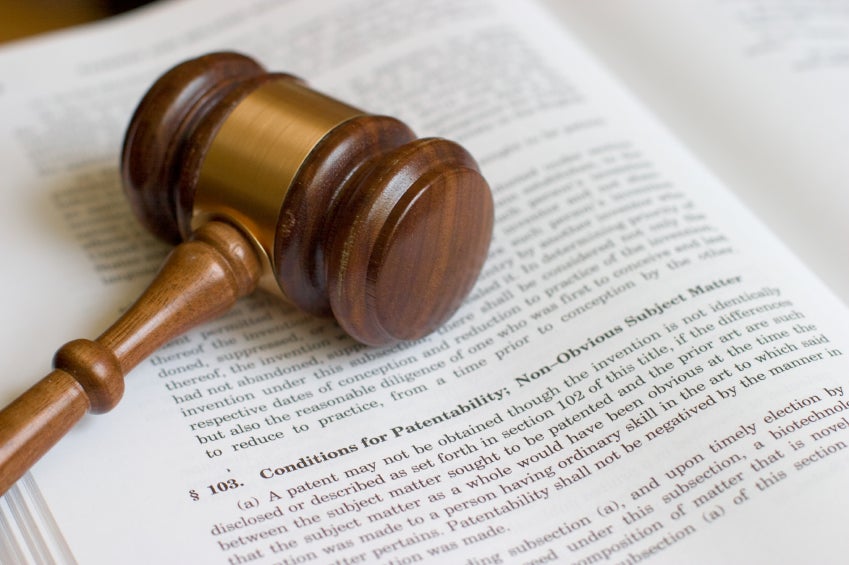Patents Article 5: Freedom to Operate

Remember, a patent does not grant the right to make or use the invention, it only grants the right to exclude others from making or using the invention. To determine whether you may make or use your patented invention, the user must have freedom to operate (FTO). Freedom to operate is a determination of whether the user will infringe another patent when practicing their own patent.
For example, Dr. Langmuir may own the patent to the lightbulb. Another researcher, Dr. Pipkin, may have developed a frosting for glass and has been issued a patent for a frosted light bulb. Unfortunately, Dr. Pipkin may not be able to manufacture, commercialize or distribute the frosted lightbulb, because Dr. Langmuir owns the original patent for the light bulb. In this scenario, if Dr. Pipkin wishes to commercialize his frosted lightbulb, he must seek permission from Dr. Langmuir to create and utilize the light bulb.
If FTO issues prevent an entity from commercializing a patented invention, the entity has a few options. First, the entity may negotiate a license or request permission from the other patent holders. Second, the entity may try to invalidate the other patent. Third, the entity may try to work around the patent by developing new technologies to avoid the need to use another’s patented invention.
Patent Enforcement & Infringement
The USPTO does not have jurisdiction over infringement claims and the enforcement of patents. Patent infringement is not a crime, so it is the responsibility of the patent owner to pursue infringers through litigation, with the patent owner having the burden of proving infringement.